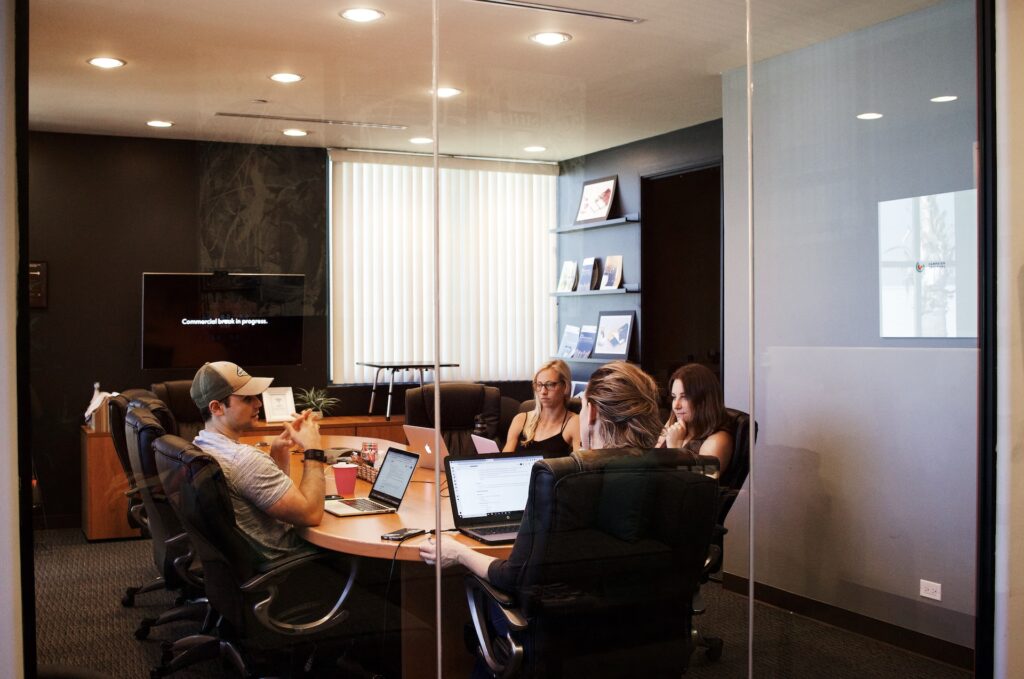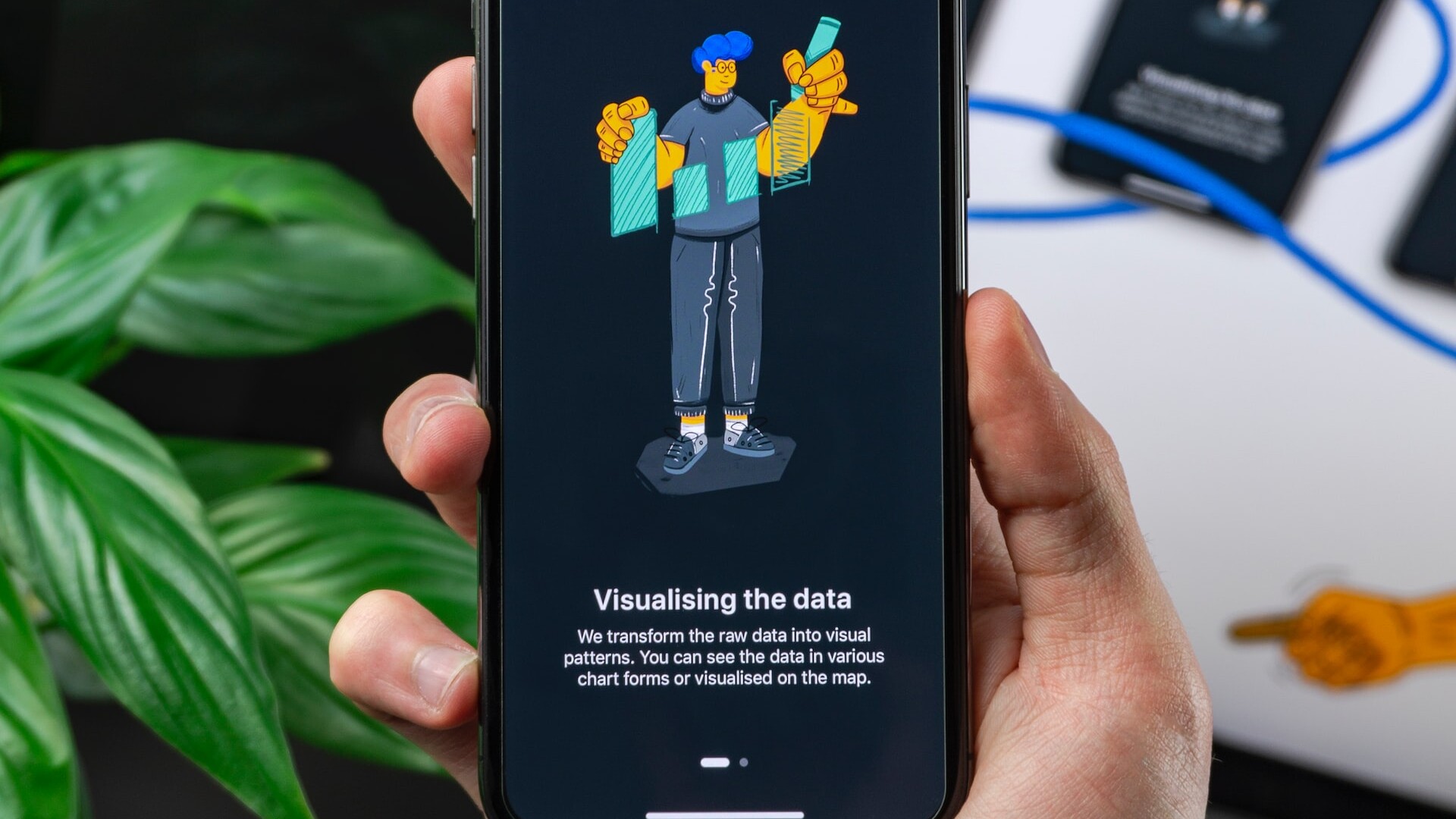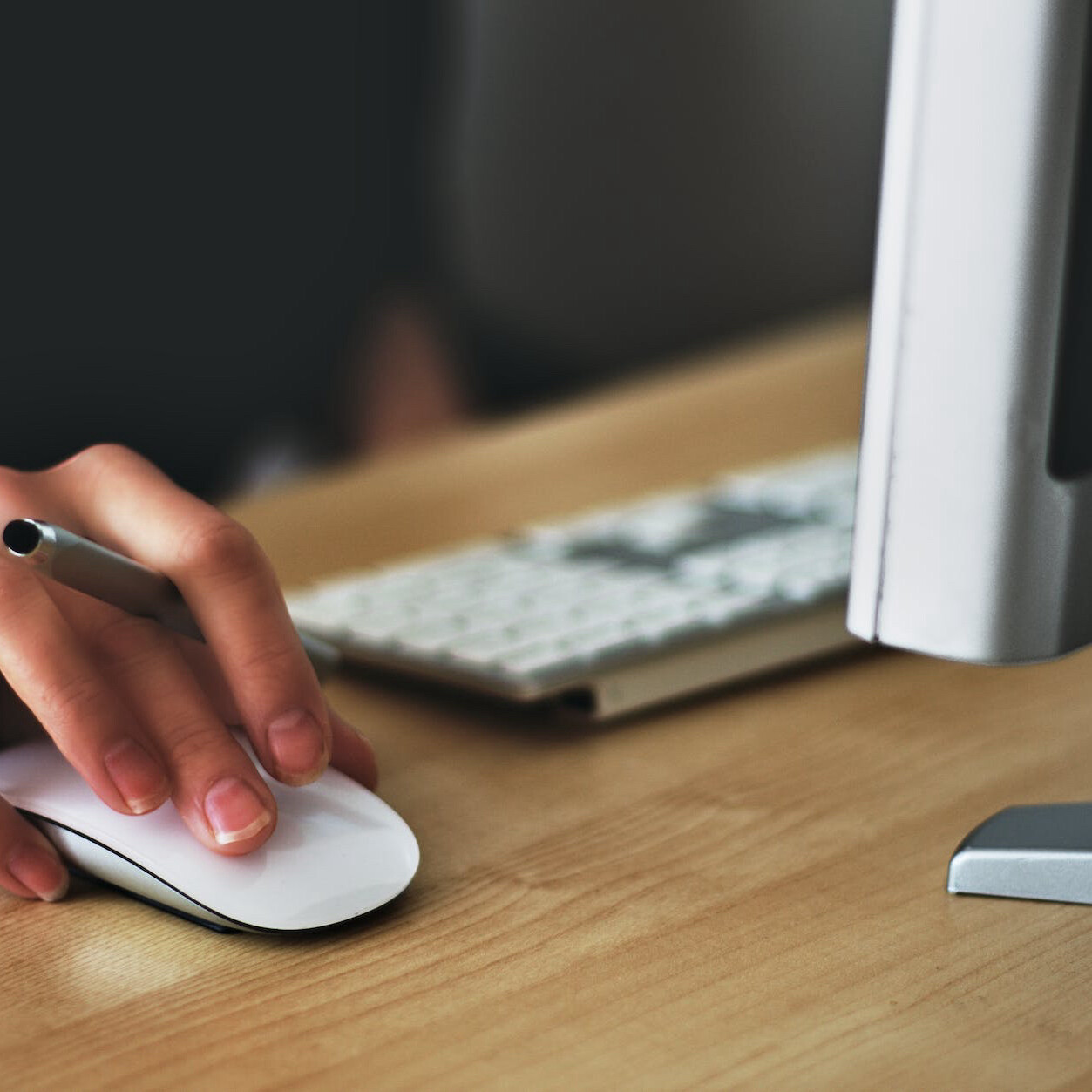What’s Trending: A Chat with Designers
Trends within the design industry zoom by as new ideas and creative wells overflow us with endless options. Some new trends in the industry are brand-new brainstorms; others embrace the older and well-used methods, only tweaking them slightly to bring in a more modern feel within the interface. Here are a few intriguing new elements that have caught the graphic world’s attention, incorporating both vintage and modern attributes.
Communication through animation – infusing motion and interaction within the design, using animated GIFs that add that extra element. Done well, motion and depth create a deeper effect that lends more meaning to the experience. Great way to capture users’ attention; designers must have a clear purpose for the process, keeping the experience guided, focused and positive for the audience.

These newer trends are added to existing and still prevalent designs like flat coloring and symbols, line icons, and geometric elements. In my research, I noticed bright colors and solid lines, drawing the eye to short and interesting blurbs of content that are informative and pertinent while remaining light and engaging. Every image is edited to perfection, using the popular fade technique that has taken Instagram by storm, and for a good reason – the crispness of the image, coupled with the faded overtone, soothes the eye and brings both a modern and an old-school feel. What better way to appeal to a broad audience, abounding with seasoned and emerging users?
Of course, hand in hand with the visual presentation is the typography chosen to accompany it. Speaking to a few designers gave a wealth of insight into current typography trends and draws. One designer elaborated on Helvetica Neue, enthused about the great design variety that it offers – 14 members within the font family that allow you to play with your designs, perfecting each project to your exact specifications. Simplifying and cleaning up the number of fonts is welcomed within new mobile interfaces.
Displaying clear and thin text in engaging typography smooths the overall UX. Placing a blurred and colorful background behind it (or even going classic black and white or sepia) draws the eye without distracting it. It also gives designers ample opportunity to explore different artistic and creative options. Designers are also dividing content using spacing and elements, not lines. If lines are used, they are thin and barely perceptible – erasing any unnecessary elements that distract from the main purpose, giving the site’s look a more modern expression while increasing the functional feel.
Typefaces like Open Sans and Century Gothic are common as they are easily readable – a favorite among designers. Simplicity and website friendliness, as well as easy integration with other fonts, makes the typography styles most appealing to many graphic artists – Lobster, with its cursive feel, is bold but can be paired and combined with different font families, making it dynamic and useful. One designer chimed in, excited about Bebas Neue – the chunky font is perfect for calls-to-action and typography posters, grabbing and holding the users’ attention.
Additional old-and-new combinations include engaging infographics within articles as a part of visual storytelling and the incorporation of video (such as HTML5) that may run in the background of a website. These elements embody the concept of “layering interfaces,” giving a sense of depth and placing details not in use in the background while allowing the current interaction to take center stage.
Design trends are wonderfully dynamic. Their ever-changing relevancy makes them exciting to follow and intriguing to develop. Remaining up to date with these elements benefits every type of agency, as these details will assist an organization in enhancing its visual appeal to the consumer and will fine-tune and perfect the user experience.
Next Item
Evaluating UX: Satisfaction

Related Articles
Navigating the Design of Input Controls in UI
January 6, 2024
UI Signifiers in Website Design
January 5, 2024


